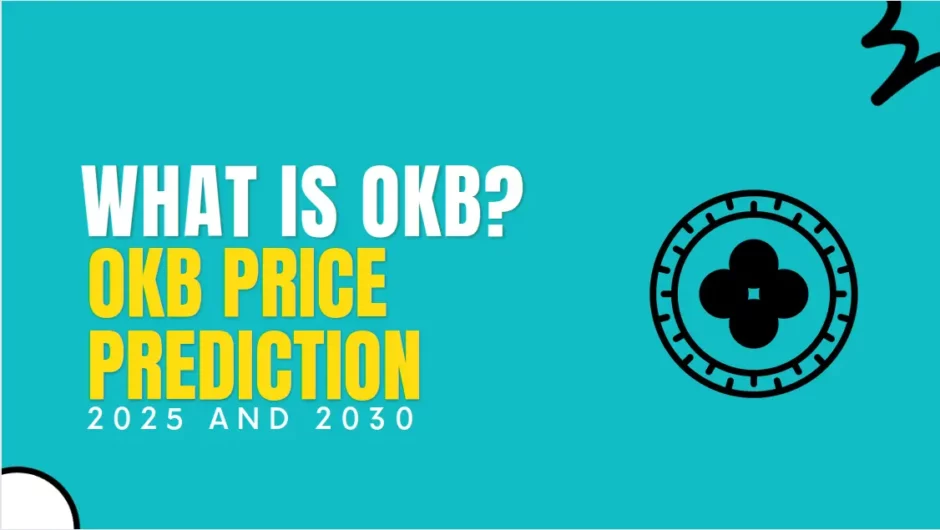Mortgage points, also known as discount points, are a type of prepaid interest that borrowers can pay upfront to lower their interest rate over the life of the loan. By paying points, borrowers can reduce their monthly mortgage payments and save money on interest costs in the long run. However, it’s important to carefully consider the costs and benefits of paying points before making a decision.
What are Mortgage Points?
Mortgage points, also known as discount points, are a type of prepaid interest that borrowers can pay upfront at closing to lower their interest rate over the life of the loan.By paying points, borrowers can reduce their monthly mortgage payments and save money on interest costs over time. However, paying points can also increase upfront costs, so it’s important to carefully consider the costs and benefits before making a decision.
How Mortgage Points Work
Mortgage points are prepaid interest that borrowers can pay upfront at closing to lower their interest rate over the life of the loan. Each point typically costs 1% of the loan amount and can reduce the interest rate by 0.25% to 0.5%. For example, on a $200,000 loan, one point would cost $2,000 and could potentially lower the interest rate from 4% to 3.75% or 3.5%.
By paying points, borrowers can reduce their monthly mortgage payments and save money on interest costs over time. However, paying points can also increase upfront costs, so it’s important to carefully consider the costs and benefits before making a decision. Points are typically paid at closing and are included in the total closing costs for the loan.
Pros of Paying Mortgage Points
Here are some potential benefits of paying mortgage points:
- Lower interest rate: Paying points can lower the interest rate on your mortgage, which can result in lower monthly payments and less interest paid over the life of the loan.
- Tax benefits: Points may be tax-deductible in the year that they are paid, which can result in additional tax savings.
- Long-term savings: By reducing the interest rate on your mortgage, you can save money on interest costs over the life of the loan. This can add up to significant savings over time.
- Improved cash flow: Lower monthly mortgage payments can improve your cash flow and free up funds for other expenses or investments.
- Predictable payments: By paying points to lock in a lower interest rate, you can have more predictable monthly mortgage payments and avoid the uncertainty of potential interest rate fluctuations.
Overall, paying points can be a good option for borrowers who plan to stay in their home for a long time and want to save money on interest costs over the life of the loan.
Cons of Paying Mortgage Points
Here are some potential drawbacks of paying mortgage points:
- Higher upfront costs: Paying points requires a larger upfront payment at closing, which can increase your initial costs and reduce your available cash.
- Potential break-even point: The cost of paying points may not be recouped for several years, depending on how long you plan to stay in the home and how much you save on interest costs.
- Limited benefits for short-term homeowners: If you plan to sell or refinance your home in the near future, the savings from paying points may not outweigh the upfront costs.
- Potential missed opportunities: By tying up funds in paying points, you may miss out on other investment opportunities or financial goals.
- Limited rate reductions: Paying points may not result in a significant reduction in your interest rate, depending on current market conditions and the lender’s policies.
Overall, paying points may not be the best option for everyone, and borrowers should carefully consider the costs and benefits before making a decision.
When to Consider Paying Mortgage Points
Here are some scenarios when paying mortgage points may be worth considering:
- Long-term homeowners: If you plan to stay in your home for many years, paying points can result in significant savings on interest costs over the life of the loan.
- Strong cash flow: If you have strong cash flow and can afford to pay the upfront costs, paying points can lower your monthly mortgage payments and improve your overall cash flow.
- High interest rates: If interest rates are currently high, paying points can help you lock in a lower rate and save money over time.
- High loan amount: If you have a high loan amount, paying points can result in greater savings on interest costs over the life of the loan.
- Tax benefits: If you can take advantage of tax deductions for mortgage points, paying points can result in additional tax savings.
However, it’s important to carefully consider your financial situation and compare the costs and benefits of paying points versus other options, such as a lower down payment or a shorter loan term. If you plan to sell or refinance your home in the near future, paying points may not be the best option, as you may not have enough time to recoup the upfront costs.
How to Calculate the Costs and Benefits of Paying Points
To calculate the costs and benefits of paying mortgage points, you will need to consider several factors, including:
- The cost of each point: Typically, each point costs 1% of the loan amount. For example, on a $200,000 loan, one point would cost $2,000.
- The potential interest rate reduction: Each point typically reduces the interest rate by 0.25% to 0.5%. For example, one point on a $200,000 loan could potentially reduce the interest rate from 4% to 3.75% or 3.5%.
- The break-even point: This is the point at which the savings from paying points will equal the upfront costs. To calculate the break-even point, you will need to divide the upfront costs by the monthly savings from the lower interest rate.
- Your financial situation: You will need to consider your cash flow, long-term financial goals, and other factors when deciding whether to pay points.
To calculate the costs and benefits of paying points, you can use a mortgage points calculator or work with a lender to get an estimate of the potential savings. Be sure to compare the costs and benefits of paying points versus other options, such as a lower down payment or a shorter loan term, to make an informed decision.
Tips for Negotiating Points with Lenders
Here are some tips for negotiating points with lenders:
- Shop around: Get quotes from several lenders and compare their rates and fees. Use this information to negotiate a better deal with the lender you prefer.
- Understand the lender’s policies: Ask the lender about their policies for points and find out if they are willing to negotiate. Some lenders may have more flexibility than others.
- Be prepared to negotiate: Come to the negotiation with a clear understanding of your financial situation and your goals for the mortgage. Be prepared to make a counteroffer if the lender’s initial offer is not satisfactory.
- Consider other options: If the lender is not willing to negotiate on points, consider other options, such as a lower down payment or a shorter loan term, to reduce your overall costs.
- Get everything in writing: Once you have negotiated a deal with the lender, make sure you get all the details in writing, including the interest rate, points, fees, and other terms of the loan.
Remember, negotiating points with lenders can be a complex process, and it’s important to do your research and understand your options before entering into a negotiation. Be prepared to ask questions, make counteroffers, and explore other options to get the best deal possible.
Also Read:
- Conditional Mortgage Approval: Tackling The Common Questions
- How Much Is Life Insurance In Canada?
- What are financial smart goals?
- WHAT ARE THE 5 STEPS OF FINANCIAL PLANNING?

Hello, I am Tanisha Kriplani, graduated in computer science from Delhi University. I am passionate about web content writing and have a strong interest in Data Analytics and Data Engineering.











